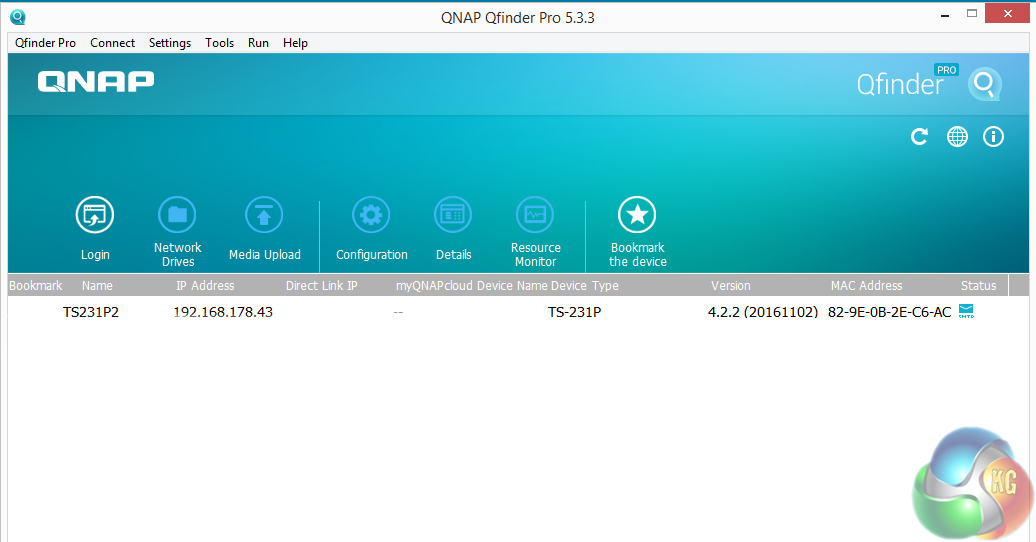

Unlike Thecus and Synology, QNAP does not offer the option to skip a bad block test, which can speed volume resync times significantly. Times to completely build and resync 4 x 3 TB RAID 5 and 10 volumes were quite long at 17h 20m and 22h 30m, respectively. Tests were run with four-drive RAID 0, 5 and 10 volumes. The TS-421 was tested with 4.0.1 firmware using our standard NAS test process. Once there, a wizard takes you through the whole process, which I documented in the gallery below. All you need is a working internet connection and to point your browser to. QNAP has responded with QTS 4.0’s Quick Setup process. I have been calling out manufacturers who still rely on CD-based installation processes. But I had not encountered this problem in previous QNAP tests, so I’m considering it a QTS 4.0 bug. He thought the problem was that DeltaCopy was taking too long to respond to the 421’s query for target volumes-a problem he had seen in other instances. The specialist also entered the rsync target configuration by editing the nf file directly via SSH, so that I was able to run the test. But I’m not sure this is a reliable fix, since one of my computers still doesn’t show the NAS in its network browser. But it would not display the target volumes so that I could select one and would not let me enter a volume name manually.Ī remote session with a QNAP product specialist managed to get the 421’s hostname to show up in the network browser of some of my Win 7 systems, by changing the Workgroup name and setting the NAS as local master browser. The 421’s backup wizard let me connect to my standard DeltaCopy rsync target just fine. I also ran into trouble when trying to test rsync backup performance. But the shares came up with no problem when I entered the UNC path ( \\ipaddress) in the Run box.


I wasn’t able to browse to the 421’s SMB/CIFS shares using Win 7’s network browser. While testing, I found a few differences from previous QNAP tests.
QNAP QFINDER NOT FINDING NAS 2017 WINDOWS
If dealing with multiple windows isn’t your thing, you can use the little display icon at the extreme upper right to switch to tabbed mode. QNAP has some tweaking to do, however, since I found myself constantly resizing windows to make them fit on 1280×1024 screens. QNAP’s style is more tablet-friendly than Synology’s with big icons sitting on the desktop to take you to key functions. So if you’ve been having a hard time deciding between QNAP and Synology, QTS 4.0 is going to make your job even harder. QNAP has taken a "virtual desktop" approach very similar to Synology’s DSM 3 and refined in DSM 4. In the meantime, the screenshot below provides a peek at QTS 4.0’s design. The change is significant enough that, as we have done with Buffalo’s and NETGEAR‘s recent NAS OS revamps, Craig has done a separate detailed review. This makes the TS-421 the first QNAP product we’ve seen with the new QTS 4.0 operating system.


 0 kommentar(er)
0 kommentar(er)
